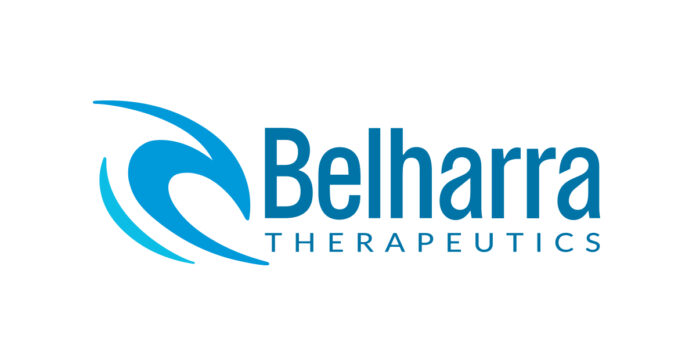SAN MATEO, Calif. & SAN DIEGO– Belharra Therapeutics, Inc. today emerged from stealth mode with a novel photoaffinity-based chemoproteomics platform capable of identifying non-covalent, small molecule drug candidates for any protein. The company has secured $130 million in capital, including $50 million in Series A financing from founding investor Versant Ventures and a multi-year collaboration with Genentech, a member of the Roche Group, that will provide $80 million in upfront capital, also announced today. Belharra is the most recent company to emerge from Versant’s Inception Discovery Engine.
Belharra’s integrated chemoproteomic-based drug discovery engine addresses the limitations of traditional screening approaches through a proprietary library of photoaffinity-based chemical probes that explore protein-ligand interactions in the native environment of the cell. The platform utilizes photoaffinity-based labeling to “trap” these unique non-covalent protein-ligand interactions. Coupled with its novel chemoproteomics platform and informatics capabilities, Belharra’s platform identifies probe-protein interactions on a global scale, revealing novel druggable pockets across a complete range of mechanisms, protein classes and cell types.
While first-generation platforms demonstrated the power of chemoproteomics to illuminate new chemical space, they required specific nucleophilic amino acid residues, such as cysteine, be present on a protein of interest and used probe libraries composed exclusively of electrophilic drug fragments. These are limiting because only a fraction of drug targets have ligandable cysteines and irreversible ligands often have complex development paths. The Belharra photoaffinity platform is not reliant on any specific amino acid for labeling, enabling profiling of the entire proteome. Photochemistry is used to identify probe-protein interactions and since the underlying mode of the Belharra platform’s ligand binding is non-covalent, it provides a more validated development path for drug candidates.


